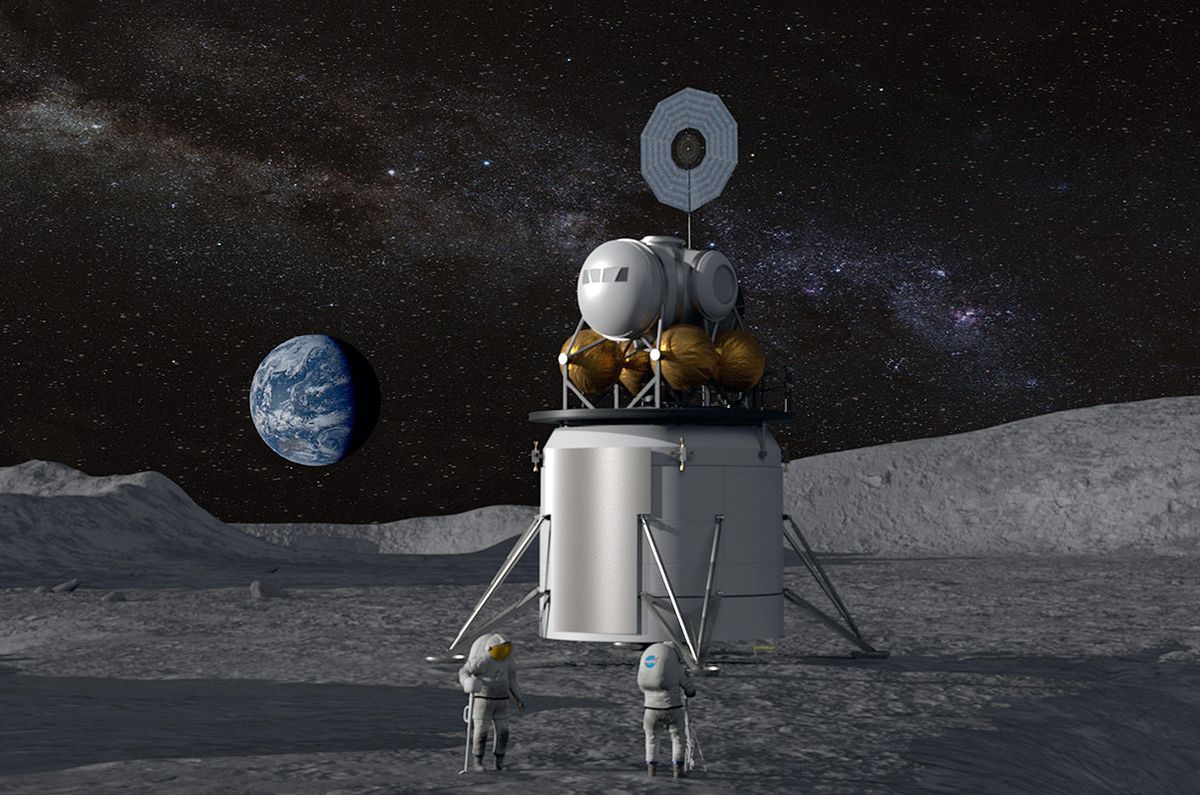
NASA's Artemis program is an effort to place astronauts on the lunar surface and develop an ongoing presence there. The program's name is derived from Artemis, the Greek goddess of the moon and twin sister to Apollo, whose namesake program first brought crews to our natural satellite 50 years ago.
The Artemis program is a renaming of several earlier activities NASA was already undertaking to return humans to the moon. These were mandated by President Trump's Space Policy Directive 1, which tasked the agency with focusing on missions to the moon. Earlier this year, vice president Mike Pence set an ambitious deadline to land humans at the lunar south pole by 2024.
On May 14, 2019, these endeavors were given the new moniker Artemis. Jim Bridenstine, the space agency's administrator, told reporters on the day of the announcement that the name represents the program's goal of inclusion, referencing the fact that NASA intends to land the first woman on the moon under its current plans.
"I have a daughter who is 11 years old, and I want her to be able to see herself in the same role as the next women [who] go to the moon see themselves in today," Bridenstine said.
What the Artemis project includes
Under Artemis' umbrella are several components. First is the Lunar Orbital Platform-Gateway, a station around the moon that would extend humanity's presence in space and provide a platform for scientific experiments and jaunts to the lunar surface.
The Gateway would be carried into lunar orbit by the agency's Space Launch System (SLS), a gigantic new rocket NASA is developing. Four-person crews would access the station using the Orion deep-space capsule and remain for 30 to 90 day stints.
Part of the Trump administration's push towards the moon includes an enlarged role for private aerospace firms, which are intended to develop hardware and potentially kick-start a lunar economy. NASA has awarded $45.5 million to 11 U.S. companies, including Elon Musk's SpaceX and Jeff Bezos' Blue Origin, to develop landers that can take astronauts to the moon's surface.
Nine smaller businesses have also been contracted to deliver robotic spacecraft to our natural satellite in order to collect data and conduct research there. Some have taken an interest in mining lunar resources such as water, which can be split into its constituent hydrogen and oxygen and converted into rocket fuel.
How much will Artemis cost?
How many of these impressive plans will actually see fruition is difficult to tell at this point. Cost estimates are still being refined and the overall price tag of Artemis remains unknown. The Apollo program's budget ended up being a total of $23.6 billion in 1973 dollars, according to NASA, the equivalent of more than $136 billion today. That means each Apollo moon landing cost around $22.6 billion in 2019 dollars. President Trump has recently sought an addition $1.6 billion for the Artemis program, on top of the $21 billion already allocated to NASA, but has yet to get the money approved by Congress.
Additional resources:
https://www.space.com/artemis-program.html
2019-07-03 15:18:00Z
52780325662311
Tidak ada komentar:
Posting Komentar